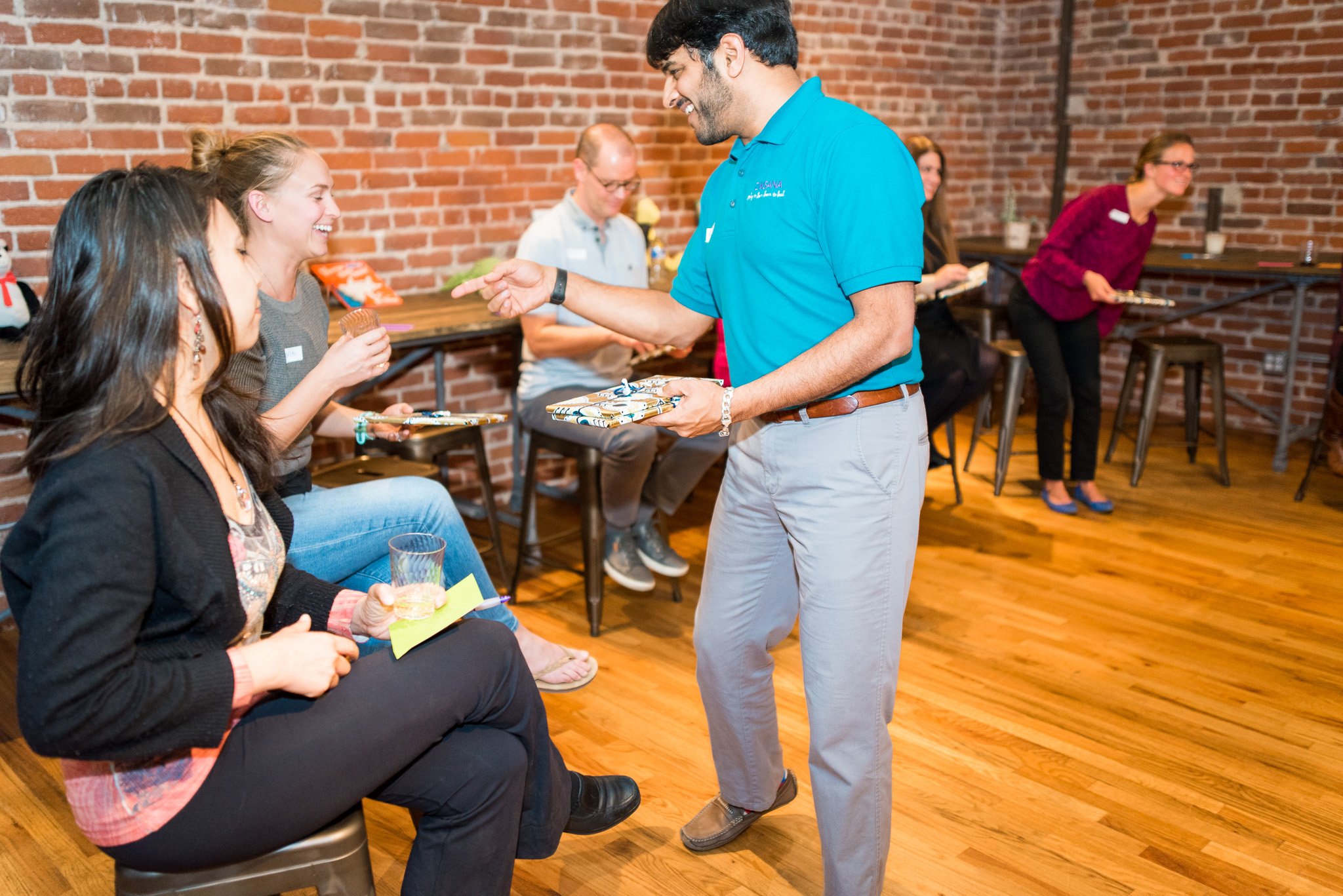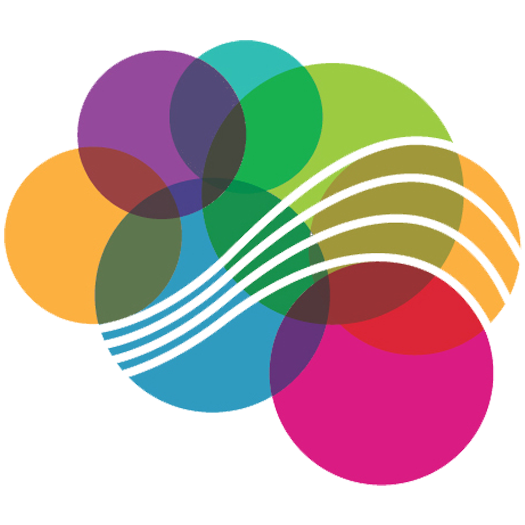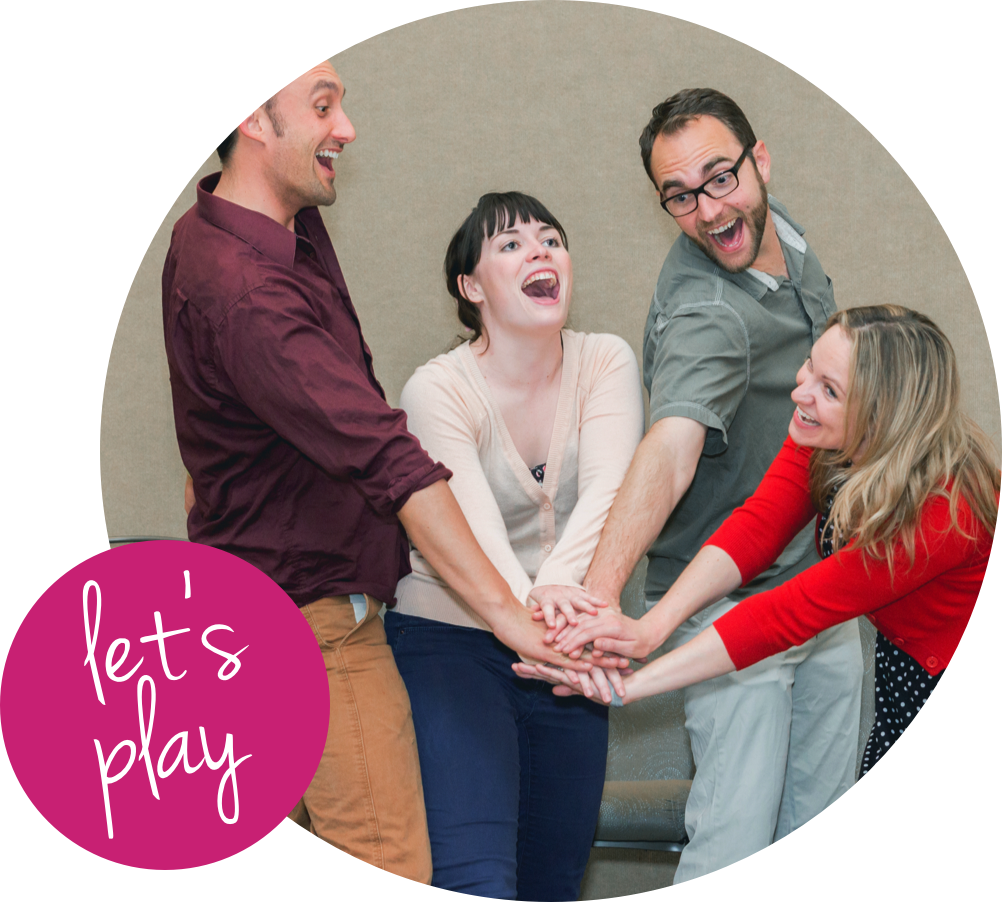Today, while on the phone with an employee of ours, she mentioned a funny anecdote of how she spends her time on breaks from work. She logs onto her profile on dating sites and if there are any messages from creepy people looking for a date, she thinks of clever and joking ways to respond to them. To dig a little deeper, I asked her why she would respond at all to people she finds creepy, and she could only say, “…because I like being clever. It’s just for my own entertainment.”
Our conversation also made me think about and identify the types of ways we spend our time during each day of our lives. Though there are thousands of ways in which humans can occupy themselves minute-to-minute, that multitude of activities can be narrowed down into three categories, regardless of the age of the person engaging in them:
Work- We spend many hours working; however, a smaller amount is spent on what we specify as work. Work is defined as a list/series of tasks that have a beginning and an end, and are primarily tactical in nature. I need to schedule a meeting with a certain team or client, I need to edit this blog, I need to submit my expense report, I need to document upgrades and send over to our graphic designer, etc. These tasks require little to no creativity, but do require attention to detail as well as a sheer desire to check things off a list.
Purposeful v. Purposeless Play
Purposeful Play
Purposeful Play (aka Work As Play)- While play has many attributes itself, when there is a goal in mind, play becomes like work. The difference between our definition of work and purposeful play is that some work-related tasks can leverage play to inspire and jumpstart creativity and problem-solving in individuals or a team. In leadership development programs, we may use play in the form of a business simulation to develop skills in listening, coaching, and leadership. In problem-solving labs, we may use playful interventions to enable groups of people to tap into their creativity to solve the business problems at hand. These are just a couple of examples where play can be of service of a goal for an organization, team or an individual.
Purposeless Play
Purposeless Play- In essence, this is play for play’s sake. People spend time in purposeless play because it gives them joy and freedom. It is inherently attractive precisely because it has no payoff other than the happiness it brings, and it scratches our desire to continue playing. It is where we lose track of time and where ‘flow’ exists. If there is a purpose to this kind of play, it’s completely selfish. It is just for us so that we can rest, recharge, and get ready for what’s coming next; where we can take the time in our own heads that we so desperately need as humans. At Ziksana, we offer an intervention called PlayBreak(™) for our clients, in order to encourage people to step away from their work, their projects, their meetings, and take time for themselves. Our brains need time to rest and recharge, and purposeless play is just that.
When I was on the phone with my employee, hearing her say that engaging in clever chats purely for her own entertainment made me recognize this as an example of purposeless play, which made me think of what everyone around me does for that same reason. For me, it’s the ukulele: I know I’ll never be a great ukulele player, but playing relaxes me and allows me to take a minute to engage with myself. Purposeless play can figure into any and every minute of the day. We can listen to music (something done purely for joy) as we exercise (purposeful play) or as we work.
This coming Thursday, on the 28th of January, is National Have Fun At Work Day. In the spirit of this national holiday, we’d love to know what you do for fun in the course of your work day to keep your brains active and your hands steady. On Thursday, blast a picture of yourself engaging in a little bit of purposeless play at work on Instagram, Facebook, or Twitter with the hashtag #FunAtWork so we can all engage in the joy of fun during your workday!













